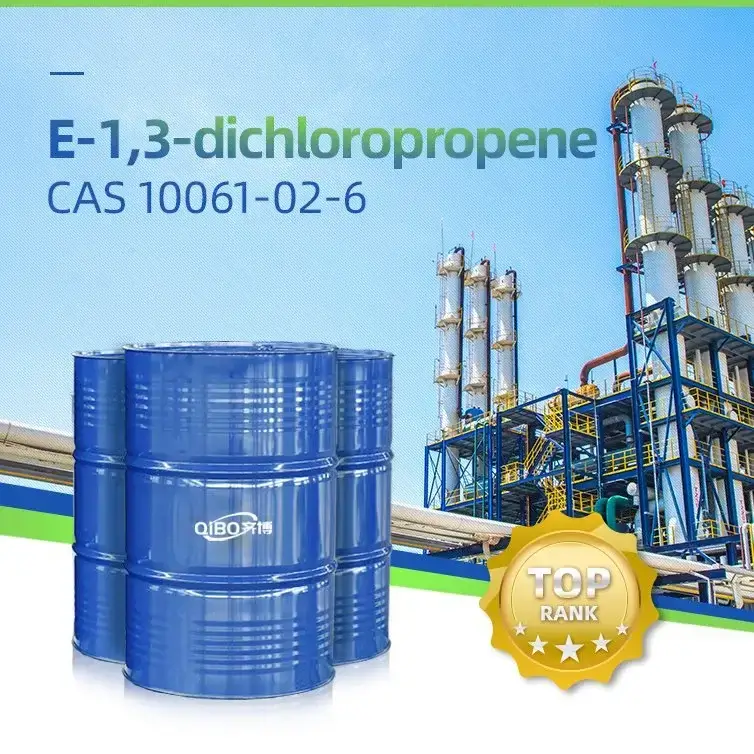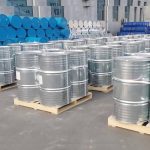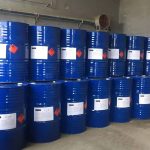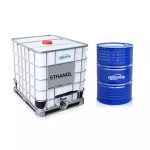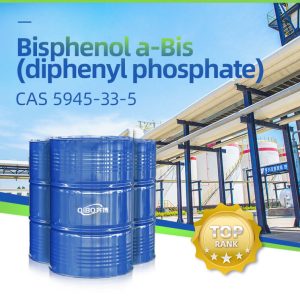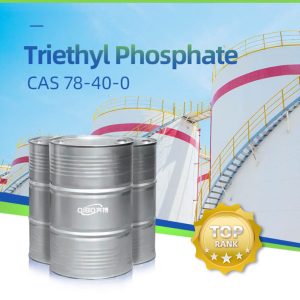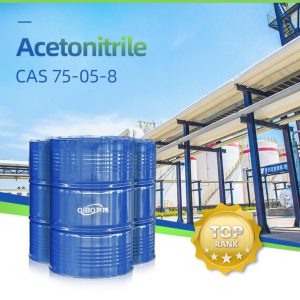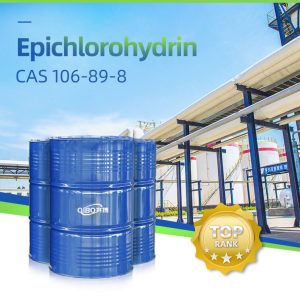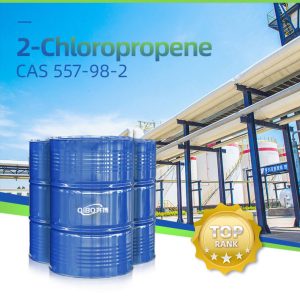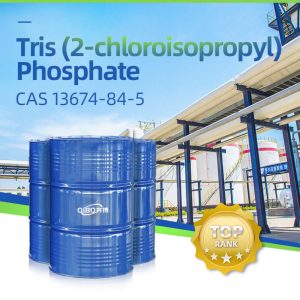
PROUDCTS
Home » PRODUCT » Organic Intermediate » Trans 1, 3-dichloropropylene
Product introduction
| CAS NO. | 10061-02-6 | Formula | C3H4Cl2 |
| EINECS NO. | 208-826-5 | Molecular weight | 110.97 |
| Melting point | -84 | HS CODE | 29032990 |
| Boiling point | 108 | Refractive index | 1.4748 |
| Refractive index | 1.4748 | UN NO. | 2047 |
| Appearance | Colorless transparent liquid | CLASS | 3.2 |
| Flash point | 27℃ | Solubility | Insoluble in water, soluble in most organic solvents such as ethanol, ether and benzene. |
Trans-1,3-Dichloropropene, also known as trans-Telone or simply trans-1,3-D, is a colorless liquid with a sweet smell. It is one of 2 isomers of 1,3-D. Trans-1,3-Dichloropropene is widely used as a preplanting soil fumigant for the control of nematodes, and it has been available for agricultural use in many formulations.
belongs to the class of organic compounds known as vinyl chlorides. These are vinyl halides in which a chlorine atom is bonded to an sp2-hybridised carbon atom.
The main purpose
For organic synthesis herbicide intermediates and as antifungal agents.
Mechanism of Toxicity
The primary toxic effects of trans-1,3-dichloropropene are portal-of-entry effects resulting from the chemical reactivity of the compound and its physicochemical properties. Repeated irritation results in a hyperplastic response in the target tissues. The mutagenicity of trans-1,3-dichloropropene is attributed to its biotransformation by cytochrome P-450 to stereospecific epoxides and the hydrolysis product, 3-chloro-2-hydroxypropanal. It is likely that depletion of glutathione would block the major detoxification pathway for trans-1,3dichloropropene, resulting in increased toxicity of organs such as the liver and kidney because of binding of reactive intermediates to macromolecules in cells. There is some evidence that cytotoxicity of hepatic cells exposed to trans-1,3-dichloropropene is preceded by increased levels of phospholipid hydroperoxides.


